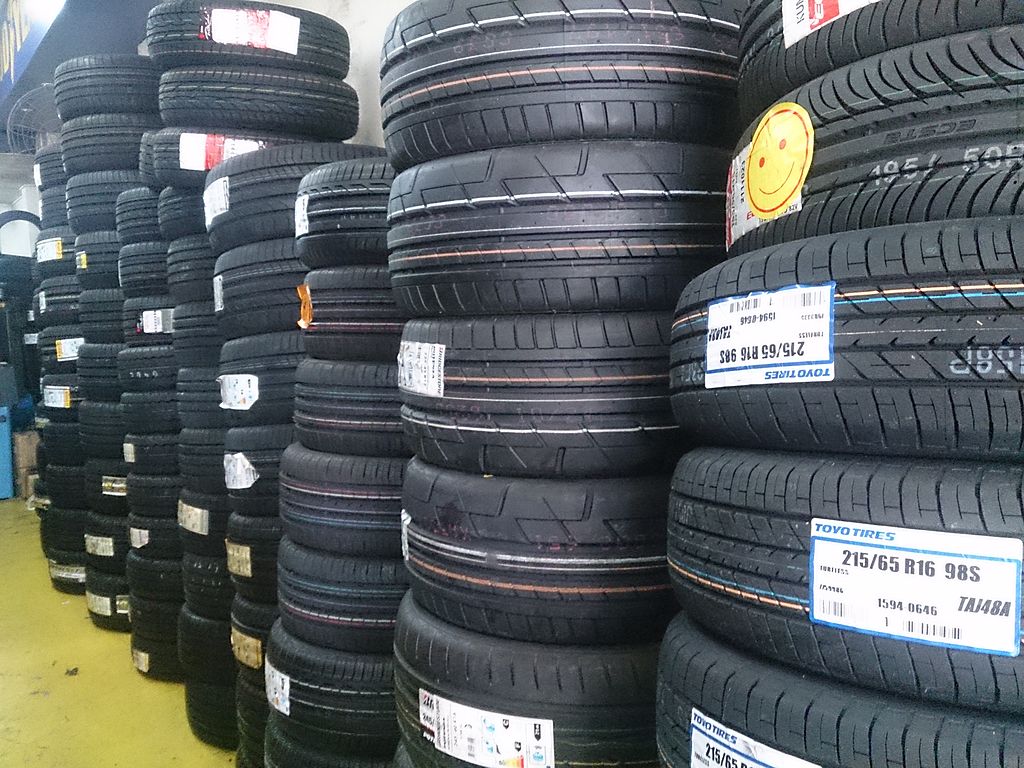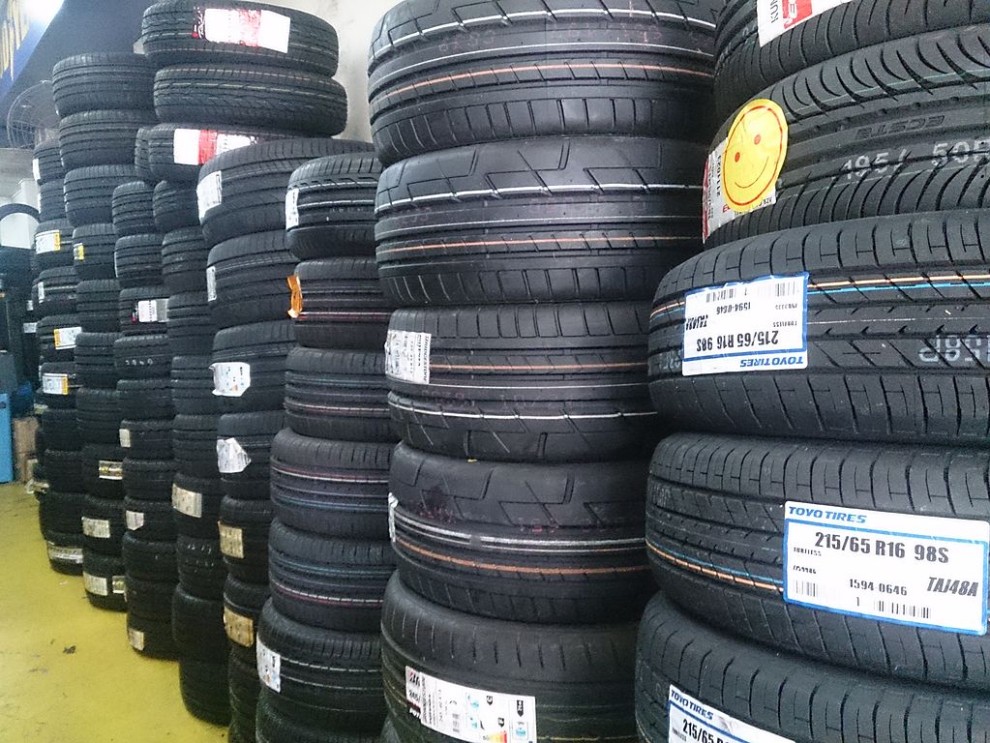When we talk about the evolution of cars, the first things most of us think about are the changes in design, power, engine, and generally how the vehicle looks now, compared to how it did long ago. As the technology evolved, so did the automotive industry. Car manufacturers started setting and following specific trends, and during the years cars changed how they look and even function. However, there were some major changes that are harder to notice. This article is going to focus on one specific element and its evolution over time, the element that connects our cars to the road – car tyres.

We did a bit of digging around, and we’ve come up with this short guide through the history of car tyres. As one of the most important elements of a vehicle, car tyres have gone through a lot to become what they are today, so let’s see how that process took place.
The First Pneumatic Tyres – 1888
The first gasoline-powered car was invented in 1888 by Karl Benz. This first car also had the first set of pneumatic tyres with metal construction, covered with air-filled rubber. During that period people were still using wooden and metal wheels, so the idea of having a tyre which absorbs the shock of every bump and rock on the road was absolutely revolutionary. The concept was first imagined by Robert William Thompson in 1847, but it was successfully applied years later by John Boyd Dunlop. He used it for his son’s tricycle, and these first tyres were made possible by the process of vulcanization, invented by Thompson and Charles Goodyear. This process gave rubber the necessary strength and durability to withstand the harsh conditions of the roads from that period.
Treaded Tyres – 1905
As cars became larger, stronger, and sturdier, car tyres had to become stronger and able to withstand even more than ever before. So, in 1905 the treaded tyres were introduced. These tyres had a very resistant metal thread on the outer rim of the tyre, which absorbed the shock and wear from the road while keeping the rest of the tyre as protected as possible. Treaded tyres became the most used car tyres for more than a decade, and with their properties, car manufacturers could create larger and heavier cars, without thinking whether or not the tyres will hold.
Radial Tyres – 1946
By this time, synthetic rubber was already invented, which lowered the price and time needed for tyre production. In 1946 Michelin invented a new standard for car tyres – radial tyres. These tyres had their individual cords of the tyre set at the 90 degrees angle towards the road. This changed the way cars handle and it significantly expanded the life of a tyre. It also helped with steering control and even dropped the rolling resistance for the tyres. Radial tyres took over Europe and Asia, but they haven’t reached the USA for quite some time. It was somewhere around 1970 when radial tyres overtook the US tyre market and became somewhat of a standard for the car industry.
Run-Flat Tyres
The idea of having a tyre, which can be used even when flat, has been around since 1937. The concept is that you still get limited usability even if you’ve punctured or damaged your tyre. There are three different systems that are used for run-flat tyres, self-supporting tyres, self-sealing tyres, and auxiliary-supported tyres. Run-flat tyres are essential for specific parts of the automotive industry, but they have a number of downsides. However, in 1994, Chevrolet started giving run-flat tyres as a part of their standard equipment. If you were thinking about using run-flat tyres, do a tyre search online and learn about different ways these tyres can help your vehicle.
Ultra High Performance (UHP) Tyres
When it comes to more powerful vehicles, you have to count on better performance from your tyres. That’s why supercars and extremely powerful vehicles, especially those which are used to achieve high speed over 149 mph have to use UHP tyres. Modern UHP tyres even enhance handling, braking, high-speed limits, while they help with saving fuel. UHP tyres have become a standard in the automotive industry and they come as standard equipment for a number of cars.
Wrapping it up
The automotive industry has changed a lot over the years. It was shaped by people and their desires. The element that is often forgotten when we talk about how cars evolved is definitely a car tyre. Hopefully, this short guide through the history of the tyre helped you realize how much the evolution of tyre helped the evolution of the entire automotive industry.



